Zero to Hero: Birding Edition Dispatch #3
I am meeting my birding mentor Tim Boucher for our inaugural field trip, and his directions – “meet me at the power line clearing on Dares Beach Road” – are not exactly the kind of address I can plug into my GPS.
It’s my first lesson of the day: Birders do not necessarily give conventional directions. And as I pull off the road and park next to the clearing, it strikes me that Tim’s simultaneously specific and yet vague directions are a perfect metaphor for my entire Zero to Hero birding experience.
Still I made it and now, I’m feeling both intrepid for finding this place and confused about what I’ve found. The story of my life, and not just as a birder.
The view out my windshield doesn’t help.
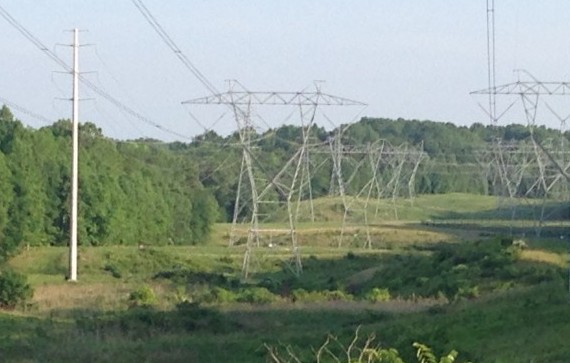
This is the Place?
I’m staring at exactly what a power line clearing sounds like: an open grassy area — about 500 yards across — bounded on either side by forest, with a line of giant four-legged steel towers, draped with power lines, marching away two-by-two in a more or less straight line as far as the eye can see.
This somewhat industrial-looking landscape doesn’t exactly fit my idea of an obvious place to find birds. The towers look both sturdy and spindly, like weird storks. Come to think of it, they are the only things that seem even remotely birdish here.
But then, that just goes to show how much I still have to learn. Once Tim and his wife Ellen arrive, it’s clear how wrong I am.
As I follow them beneath the power lines, the grass and trees are alive with birds. They are darting through the open air and hopping from perch to perch among the branches of scrubby looking bushes. The morning is full of sound, a raucous symphony of whistles, chirps, songs and trills.
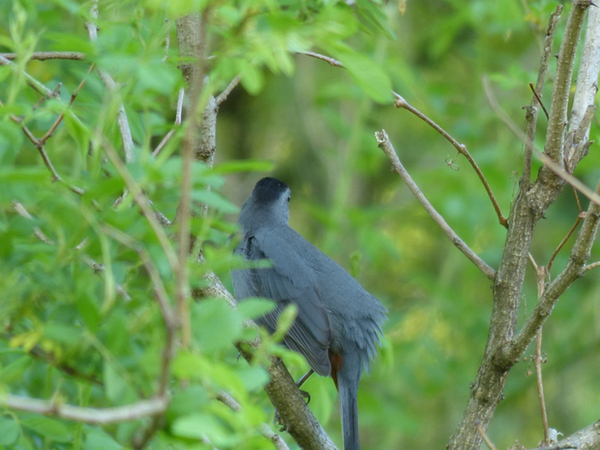
Sadly, I find that I can’t identify a single one of those whistles, chirps, songs or trills. Considering all of my practice, it’s kind of depressing. I’ve gotten really good at cardinals, robins, catbirds and white-throated sparrows. Unfortunately, there don’t seem to be any around this morning.
Still, I’m glad I didn’t mention my earlier skepticism that power line clearing = birding hotspot. Not that my silence matters, Tim reads my mind anyway.
“These kinds of cuts can be good places to see birds,” he explains, with an admirable show of I-told-you-so restraint. “All the different habitats make this a potentially great spot. The grasses, some wet, marshy areas with low shrubs and bushes, and all of that forest edge. You’re likely to see quite a few different species here. One of the keys to birding is knowing what habitats different birds prefer.”
As we walk, I hear the power lines crackling and popping with their own kind of signature sound. Of course, while I’m listening to electricity hum over our heads, Tim and Ellen are listening to – and identifying — the birds that seem to be all around us.
It’s a Revelation
Birding with Tim and Ellen Boucher is like traveling in a beautiful foreign country with people who grew up there and speak the language.
Tim especially seems as much a part of the clearings and the forest as the birds themselves. He even looks a little like a bird — not in particulars, of course, but in essence.
It’s in the way he moves, his body alert to different sounds, his head cocked as he listens to the whistles, tweets, trills and calls of the song sparrows, warblers and indigo buntings that are all around us.
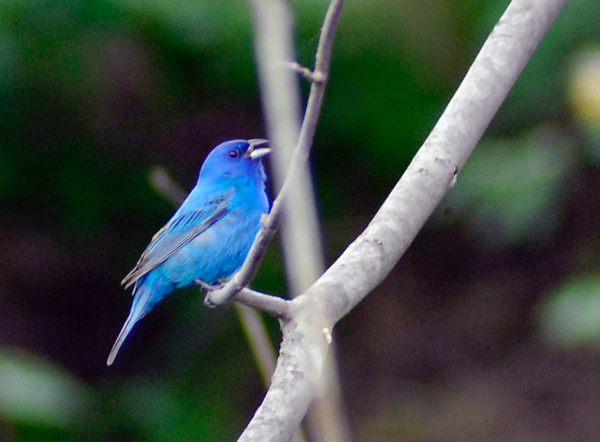
He spots a swamp sparrow in a low bush in a marshy area. Then, there’s an indigo bunting — as blue and clear as the sky — that pauses long enough for me to get a long look at it through my binoculars.
I don’t even realize I’m holding my breath until it flies away and I wonder why I’m lightheaded.
There are yellow-rumped warblers darting about in pairs and a towhee (pronounced Tow-Hee) singing away in a tree at the forest’s edge. Ellen teases Tim about his accent (he’s from South Africa) because he once identified the bird as a “Two-Hee.”
Tim just smiles and shrugs, and for every bird we see, he or Ellen gives me details about each species’ habits and preferred habitat. I can’t log the sightings fast enough. They also give me directions for identifying the particulars of different songs.
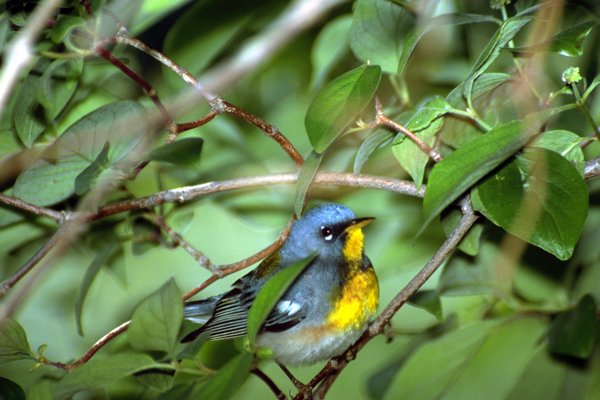
All About that Trill
Take parulas, Ellen tells me, they spend most of their time in the tops of trees so they can be very hard to see. But their song has a rising trill with a sharp note at the end so if you hear them, you can look for them. It’s a description that is, like Tim’s unconventional directions, simultaneously precise and vague. But it works.
This is birding as I’ve never experienced it. It’s a kind of immersion that is an elegant combination of science, art, and experience.
Under Ellen’s tutelage, I learn to identify parulas by their song. It’s a little embarrassing how excited I am about that.
I watch, listen and marvel at Ellen and Tim’s ability to put names to every bird we hear. Their knowledge adds a depth and texture to an experience that would otherwise have been a pleasant, but completely unmemorable walk.
But now, this power line clearing in Calvert County will always be the place I learned to know parulas by their song, and where I saw an indigo bunting for the first time ever.
At Least He Didn’t Call Me Grasshopper
It’s humbling and inspiring. This is the kind of birder I want to be. I want to learn this language. Immediately.
“You see now,” Tim says. “The best birding comes from learning and knowing the birds, not just seeing them. But it’s the kind of knowledge that takes a long time. You build it up year over year.”
Somehow, I knew he was going to say that. At least he didn’t call me “grasshopper.”
I’m a little bummed to learn there really are no reliable shortcuts to birding Nirvana – not even with world-class guides to light the way. But still, I’m also discovering that there is something very satisfying about this birding journey, even it is slow going. It’s a new and very compelling way of connecting with the world outside my windows.
I’m learning to know birds, not just see them.
While it’s true there’s no substitute for experience, it never hurts to try to accelerate the learning curve with a judicious selection of birding guides and apps. (All reviewed and approved by Boucher, of course).
Next time on Zero to Hero: An Ode to Merlin
Birding Life List: 40 species
What I’m reading this week: The Sibley Guide to Bird Life & Behavior, by David Sibley
My best recent sighting: Indigo bunting! (sadly, no picture.)
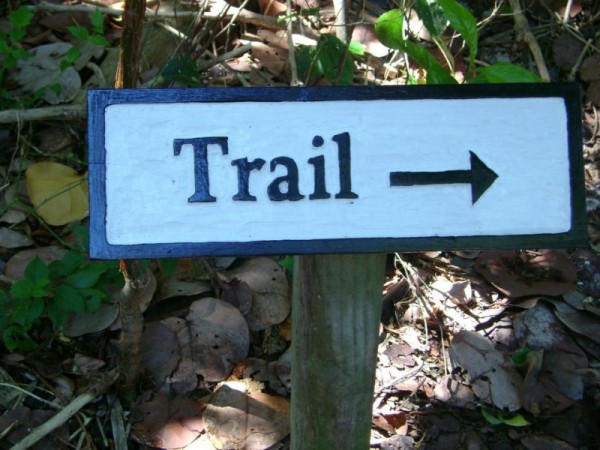
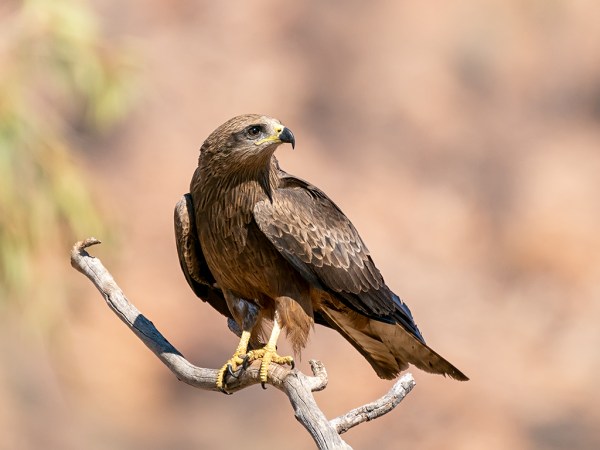


My last bird sighting always tends to be my favorite…… Was it the Clark Nutcracker or Mountain Bluebirds I saw in Yellowstone, or the kettle of pre migration Mississippi Kites in Bellview, FL , or the Black Skimmer chicks on Indian Rocks Beach or the Northern Parula family using my birdbath????? I can’t pick!!!!! Tip: many of the warblers who don’t eat bird seed will come to your birdbath, so be sure to keep it clean!
I started birding 11 months ago and led my first public birding walk today. Dozens of birding hours have accrued in that time. My favorite 2 Merlin uses: going in my yard or a park and playing the songs of local birds that are hard to spot so they emerge from the foliage; and when I’m having trouble distinguishing between 2 very similar species, playing both songs to see which one the bird responds to. Note: don’t do this during breeding season, it can disrupt the process. I’m excited for you as you continue your journey! Watch out, it’s addictive and will bore your friends to tears.
My best sighting so far this year: Red-naped sapsucker near Spearfish, SD.
Runner-ups: Ferruginous hawks in eastern Wyoming and Montana. I never knew there were so many!